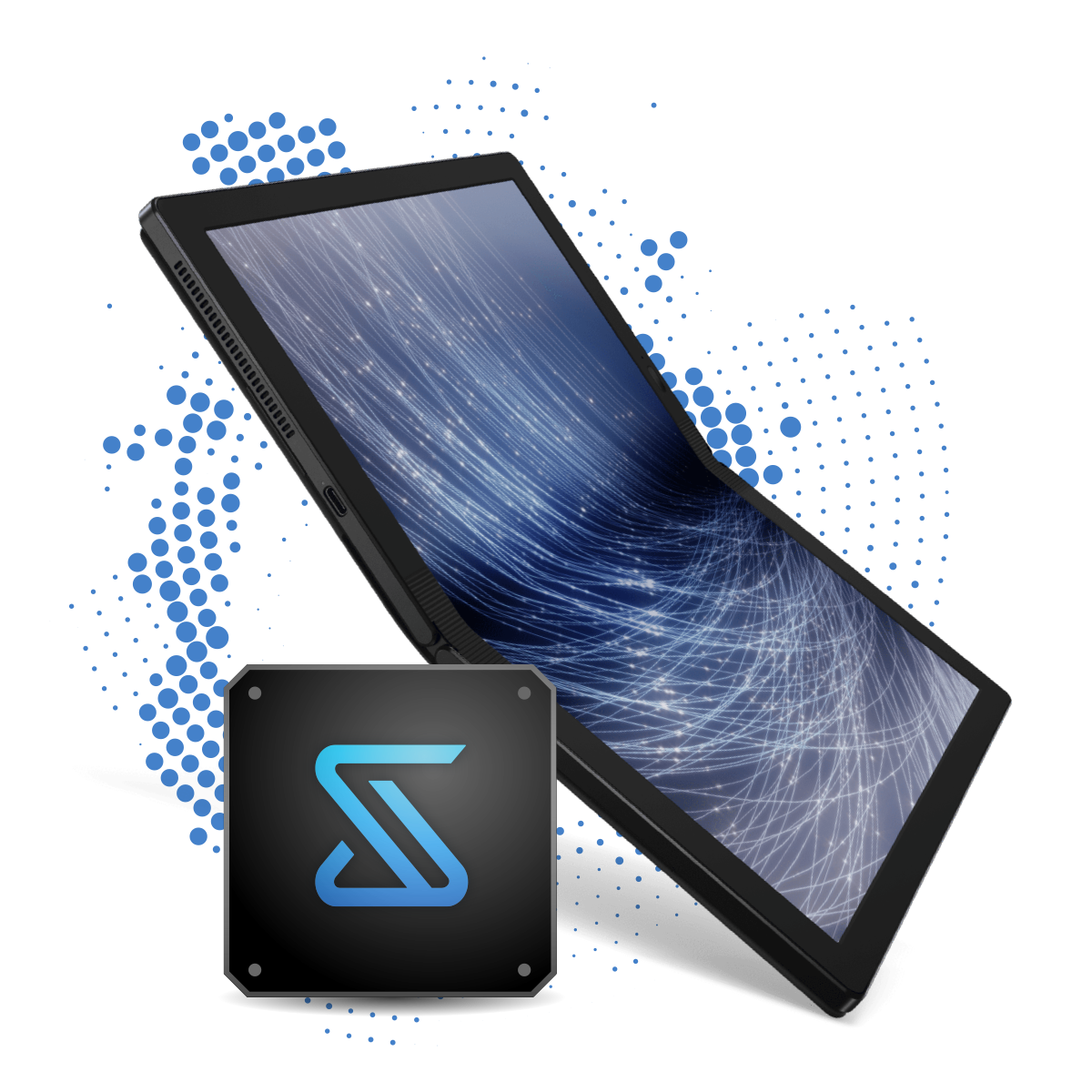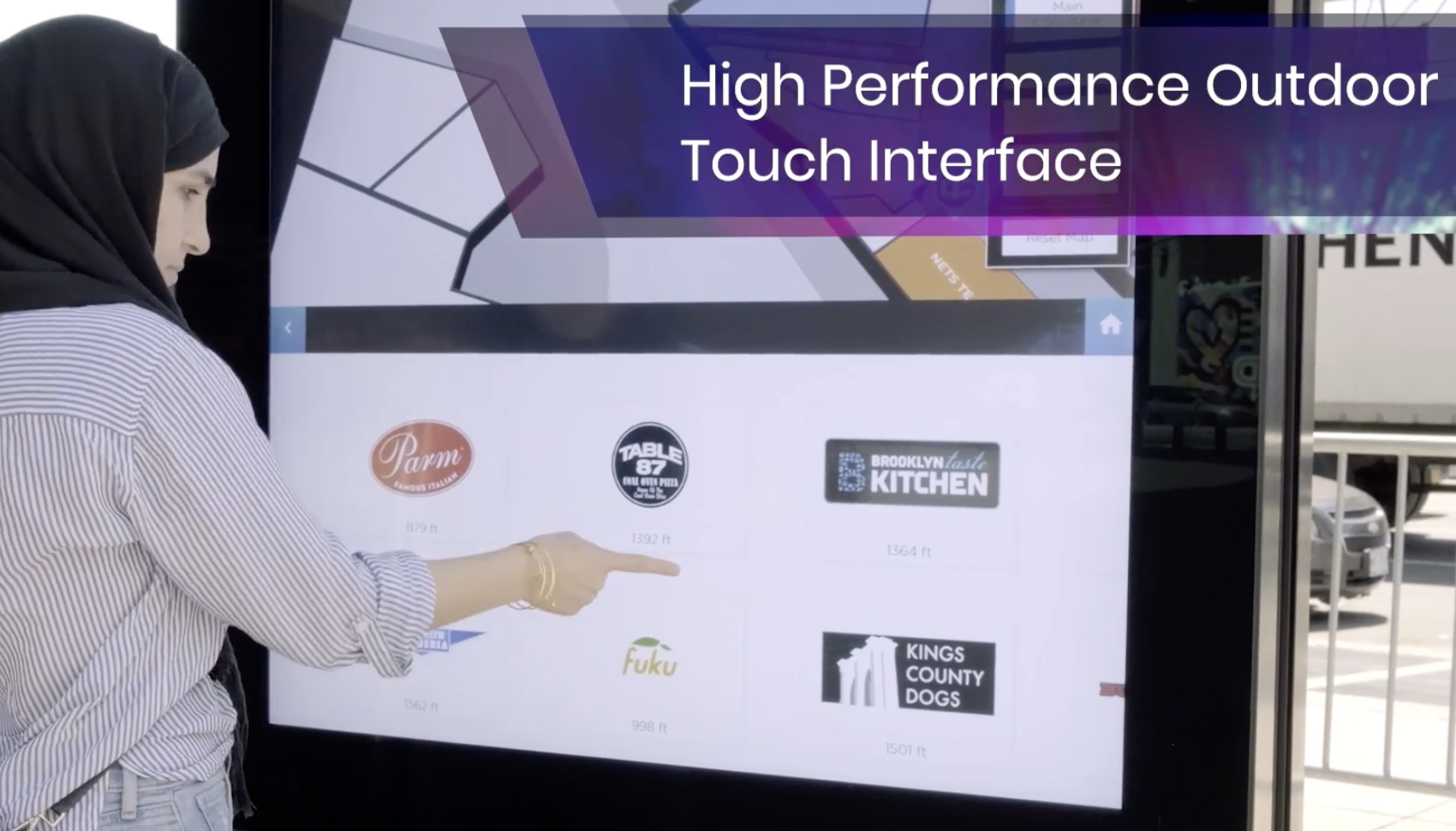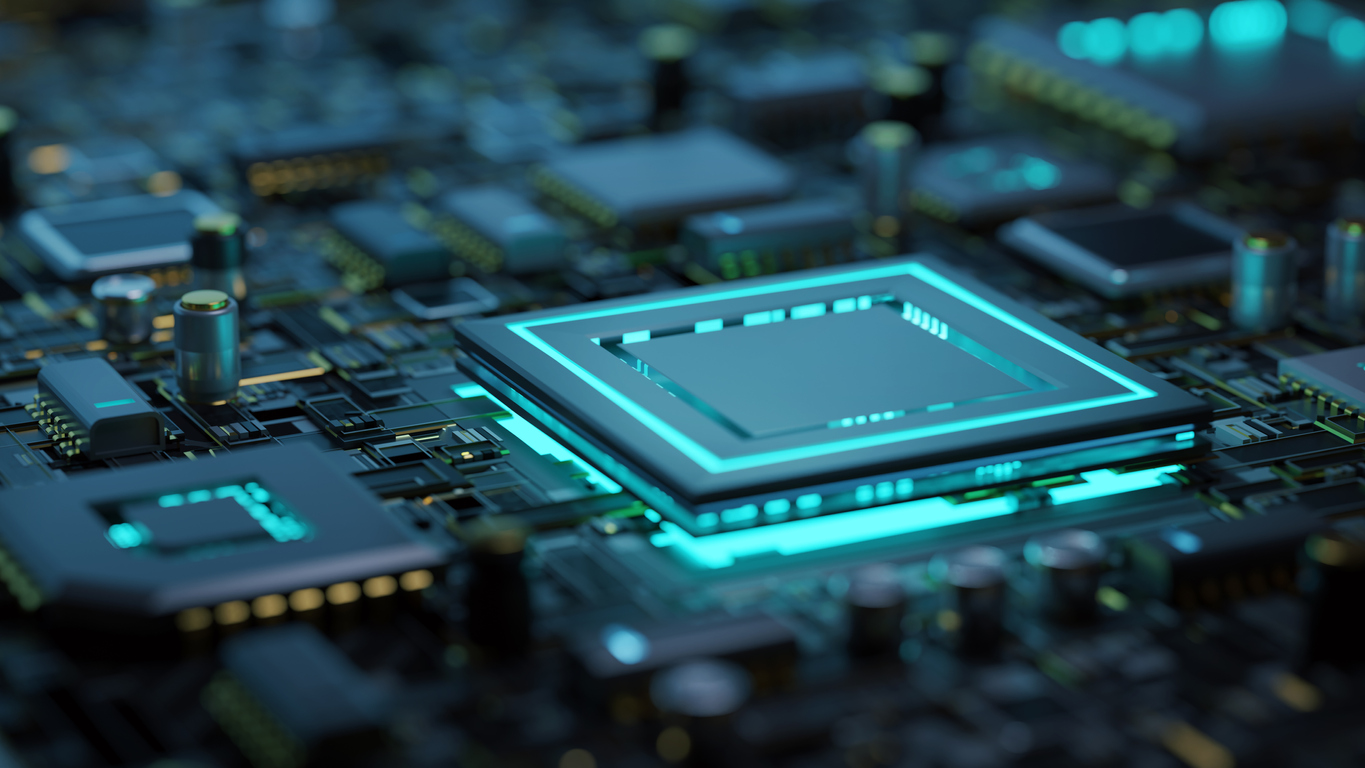True pillar-to-pillar sensing with features defined in software
As the average size of displays in automobiles grow, so does the need for sensing across the larger viewing surfaces with seamless and programmable touch support outside the display area. Large area touch surfaces with programmable controls are redefining HMI for the cockpit. Today’s voltage threshold scanned PCAP sensors cannot provide a robust, programmable, or manufacturable solution, as they require much higher voltages, longer scan cycles, and difficult hardware tolerances that combine to cause poor manufacturing yields. An HMI solution without consistent performance is no solution at all.
Large display HMI solutions must be programmable with flexibility to support a single large display or use an approach that tiles individual displays. The solution is to replace many individual touch controllers, none of which perform to the expectations of end users, with a single high-speed controller that supports multiple touch screens and the surrounding dashboard with numerous active control surfaces. Seamless controls either on the screen or off the screen, including sliders, buttons, joysticks and more, need to be easily programmable for HMI flexibility.
Conventional touch technologies require impedance matched channels and traces, which introduce a massive manufacturing and yield challenge for the industry that only gets compounded by long line sensors. These traditional voltage-based systems are susceptible to EMI, requiring use of higher voltage to solve the noise issues further compounding the EMI problem. As channels grow longer, the channels in effect become even larger antennas requiring still higher voltages.
The SigmaSense approach is revolutionary for long line pillar to pillar design. It is a frequency domain system using ultra-low voltages that are digitally programmable for features like hover, presence detection, robust glove touch, moisture resistance, as well as driver and passenger identification. Sensing over multiple displays and over large surfaces is seamless and programmable. Voltage-based driving methods are simply incapable of sensing on high resistance long lines and must trade off both SNR (signal-to-noise ratio) and manufacturing yields to maintain performance. SigmaSense uses current (rather than voltage) sensed direct-to-digital with ability to drive high impedance loads using ultra-low voltage signals with programmable flexibility. Software defined HMI is finally breaking free of the traditional voltage threshold and scanned approach to deliver programmable pillar to pillar interactions in the vehicle.





